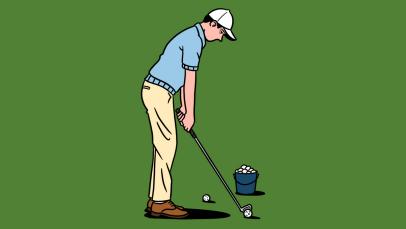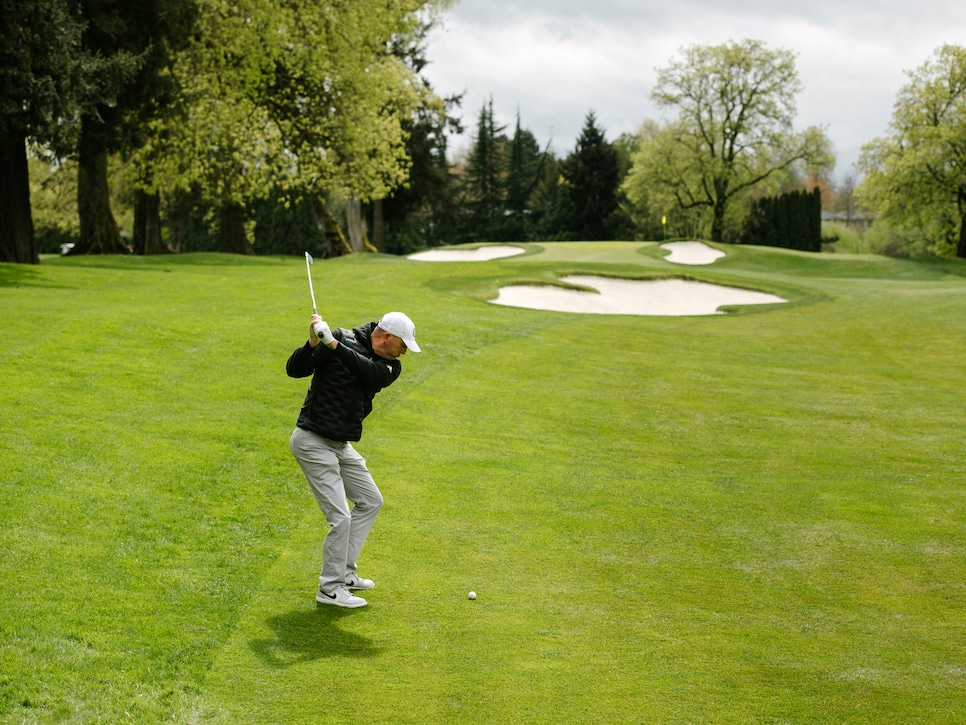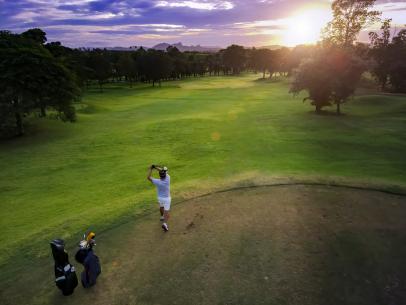This article first appeared in Low Net, a weekly newsletter written for the average golfer, by an average golfer. To get Low Net each week, sign up for Golf Digest+.
Have a topic you want me to explore? Send me an email and I’ll do my best to dive in.
One of the side effects of playing mostly bad golf is a weird panic that sets in when you play well.
What just happened? Where did that come from?
An unlocked golf swing is like a firefly floating within reach. You could enjoy it in the moment. Or you could chase it around with a jar in hopes of keeping it forever.
My nature has always been to lunge frantically toward any feeling that works. The moment I sense a breakthrough, I will type notes on my phone, or send texts to myself. In team competitions, I will ask my partner to remind me to do this one thing that holds everything together.
Pretty soon, I scare the firefly away.
More Low Net Golf Digest Logo How playing forward tees makes you better  Low Net The best case for golf yet
Low Net The best case for golf yet  Golf Digest Logo The secret to the perfect swing thought
Golf Digest Logo The secret to the perfect swing thought
“I think when we’re trying to replicate something, we are getting in our own way,” said Matt Cuccaro, a sports psychologist who works with tour players and top amateurs. “And therein lies the dilemma.”
As Cuccaro notes, our best days are usually a balance of technical and mental efficiency. The reason they’re so fleeting is because of how our pursuit of one tends to compromise the other. For instance, there are certain elements I’ve come to focus on in my swing—a shallower swing path; a more pronounced weight transfer from my right side to my left. When I really find a groove, though, it’s because I’m doing those things without thinking about doing them so much.
Much of this ties well to an earlier discussion about swing thoughts, and how the best ones are less about technical body movements and more about broader sensations. For a shallow swing path, I am better off thinking of “skimming stones” than “lead with your right elbow.”
“We’re better off thinking of it as a system, as in, ‘what is the feel this is creating?’” Cuccaro said.
Casey Martin was also a devoted chronicler of swing thoughts in the notes app on his phone. The former PGA Tour player, now the golf coach at the University of Oregon, also uses video and additional technology to understand what precisely is working, and why. In recent years, Martin has come to see when that information has diminishing returns. Right before health complications disrupted his playing career, Martin resolved to clear his mind when playing, and the results were astonishing.

“I had the best golf literally of my life,” Casey Martin said when he resolved to clear his head. “I’ve never had so many low scores consistently.”
Grant Hindsley
“I went out for what I called “a five-week cleanse.’ I said I wasn’t gonna think anything for five weeks And I had the best golf literally of my life,” Martin said. “I’ve never had so many low scores consistently.”
Granted, not thinking is an unrealistic goal, especially in golf, because most of us are bound to fixate on something. What Cuccaro and Martin advocate, though, is erring on the side of simplicity. If you really want to recapture your best golf, better to try to revisit your mindset from that day instead of any specific position.
“I’m trying to get all my guys to quiet down. It’s tough to say, ‘Think nothing for the rest of your life’ so there’s a balance to everything,” Martin said. “But, if you’re going to tee it up in a big tournament, try to shut it down, and take a holistic view.”
This article was originally published on golfdigest.com

